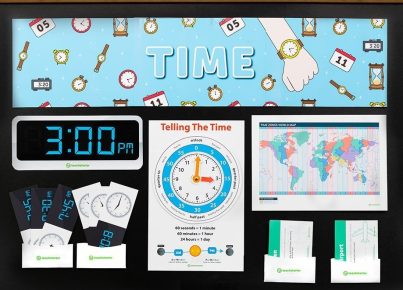Introduction:
Science is an exciting subject that offers endless opportunities for exploration and discovery. One of the best ways to engage students in learning about science is through hands-on experiments. In this article, we will introduce a range of K-8 science experiments that will captivate every student’s interest and bring the magic of science into your classroom.
1. The Great Volcano Eruption
Grade level: K-2
Teach young students all about chemical reactions by helping them to create their very own volcanic eruptions. Mix baking soda and vinegar in a small container placed within a larger one to mimic lava overflowing from a volcano. This simple experiment is not only fun and safe but also serves as an excellent introduction to chemistry.
2. Solar System Diorama
Grade level: 3-5
Introduce your students to the wonders of our solar system with this creative and engaging diorama project. Have each student pick a planet or celestial body to research, then give them some craft materials to create their own representation of that object. Once complete, arrange the individual projects into a shared solar system display.
3. The Magic of Magnetism
Grade level: 3-5
Explore the fascinating world of magnetism with this interactive experiment. Provide each student with a magnet and have them search for household items that can be picked up using the magnet’s force. This hands-on approach to learning about magnetic properties encourages curiosity and helps students understand scientific concepts more easily.
4. Edible DNA Model
Grade level: 6-8
Bring life science to life with this tasty DNA model experiment! Have students use edible materials such as gummy candies, toothpicks, and string licorice to construct their own models of DNA structure. Encourage creativity while teaching important concepts like base pairing and the double-helix design.
5. Self-Inflating Balloon
Grade level: 6-8
Demonstrate the power of chemical reactions with this entertaining science experiment. Mix vinegar and baking soda in a water bottle, then quickly slip a balloon over its opening and watch as gas produced by the reaction inflates the balloon. This simple and awe-inspiring demonstration provides a great opportunity to discuss the principles of chemical reactions, conservation of mass, and gas production.
Conclusion:
K-8 science experiments can be a powerful tool in engaging students and fostering a love for learning about the natural world. From chemistry to astronomy, these hands-on activities will leave lasting impressions on young minds. By incorporating interactive experiments into your science curriculum, you can inspire curiosity and enthusiasm for scientific inquiry in every student you have.





